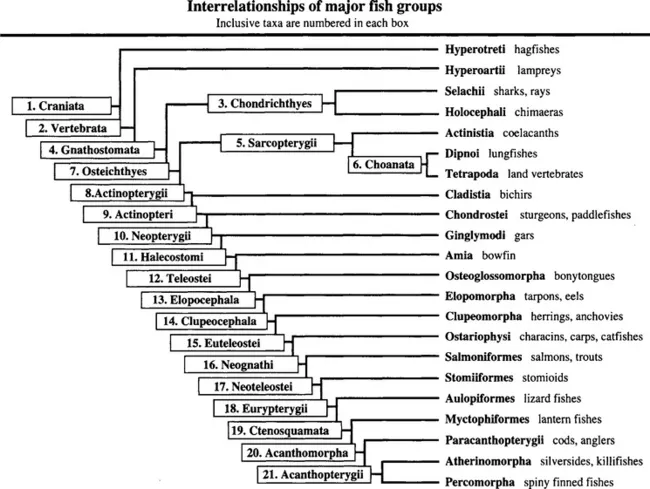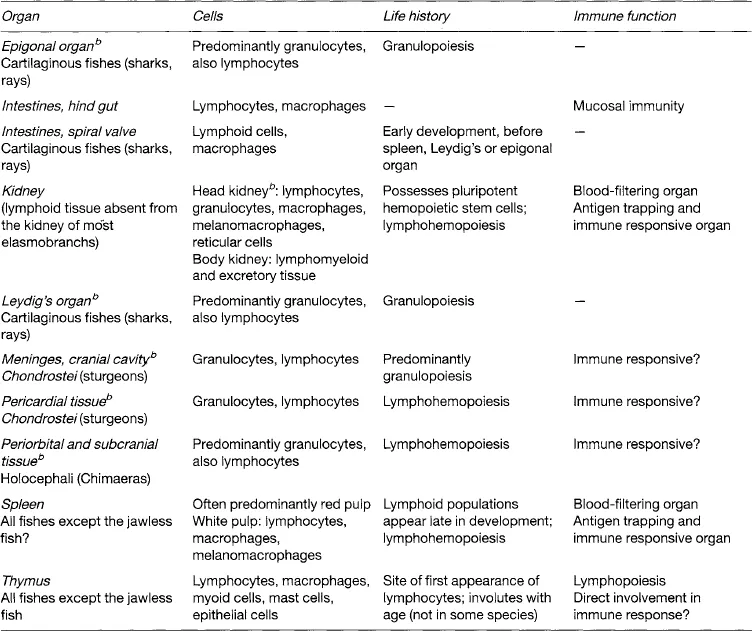![]()
I
INTRODUCTION
Rabbits come out of the brush to sit on the sand in the evening, and the damp flats are covered with the night tracks of “coons” and with the spread pads of the dogs from the ranches, and with the split-wedge tracks of the deer that come to drink in the dark.
John Steinbeck
Of Mice and Men
The recent development of modern immunology has been primarily a story of ‘Mice and Men’. Nevertheless, other species have played a crucial role in illuminating our understanding of the basic features of the structure and function of the immune system. The rabbit has contributed much to studies of humoral immune responses, sheep have provided an essential model for the study of lymphocyte trafficking, and birds have contributed to an understanding of lymphocyte lineages and B-cell differentiation in the Bursa of Fabricius. In 1986, Bruce Wilkie organized the First International Veterinary Immunology Symposium at the University of Guelph, Canada, to gather together scientists interested in the immune system of vertebrates other than mouse and man. This Symposium represented a real milestone in the development of comparative and veterinary immunology.
There is a tremendous wealth of knowledge on the immune systems of both wild and domestic animals and it was timely to gather this information, which is scattered throughout numerous scientific journals, in the format of a Handbook. This Handbook is intended to provide the first comprehensive source of comparative immunology for students and researchers in comparative medicine, animal health, and biology.
The choice of species and subjects to be included in the Handbook was based on three main criteria: first, the importance of a species in public and animal health sectors; second, the importance of a species for comparative research; and third, the level of available immunological knowledge. For comparative purposes, chapters on selected features of the mouse immune system and the SCID mouse model were also included. A growing interest in xenografts also justified a separate chapter on this topic.
All chapters devoted to descriptions of the immune system of individual species have been organized with a similar format. This format includes a broad range of topics that are presented in a consistent order and style. Whenever possible, the available knowledge for a topic is presented in concise tabular format and primary references provided. This organization is intended to facilitate interspecies comparisons, allow rapid identification of information gaps, and reveal species-specific aspects of immune system structure or function. Furthermore, the careful referencing of information will enable interested researchers to pursue knowledge to a much greater depth.
Gathering this wealth of information would not have been possible without the commitment and dedication of Section editors and the generous participation of a large number of contributors. We are greatly indebted to their massive amount of work and their willingness to set aside other priorities for this project.
The staff at Academic Press have shown enthusiasm and support from the beginning of this project and they frequently provided useful guidance. We are especially grateful to Tessa Picknett, Sarah Stafford and Duncan Fatz. Christina Espert Sanchez and Lucie Karelle Bui Thi coordinated communication among Section editors and the Handbook editors, and worked diligently to integrate the edited manuscripts into a coherent and comprehensive reference book.
The editors hope that the Handbook of Vertebrate Immunology provides a valuable tool for all interested in immunology. Our greatest wish is that this Handbook not only facilitates research through the knowledge presented but that it also stimulates further research in those species and areas of immunology about which little is presently known. Mouse and Man have been the source of much immunological knowledge during the last 20 years. However, we believe that a full understanding of the immune system will be acquired only through a comparative analysis of its structure, function, and physiology in a multitude of species.
![]()
II
IMMUNOLOGY OF FISHES
1. Introduction
The fishes are the largest vertebrate class and constitute over 20000 species (Nelson, 1994). Broadly, the fishes can be divided into the jawless fish, represented by the lamprey and hagfish, and the jawed fish that can be further divided into the cartilaginous fishes, such as the sharks and rays, and the bony fishes. Of the modern bony fishes, the teleosts are by far the major grouping (for overview of taxa see Figure II.7.1).
Figure II.7.1 Interrelationships of major fish groups. Inclusive taxa are numbered in each box. Reproduced with permission from Lundqvist, M., Bengtén, E., Strömberg, S. and Pilström, L. (1996) J. Immunol. 157, 2031–2038. Copyright 1996. The American Association of Immunologists.
The evolution of fishes and the tetrapods diverged from each other about 300 million years ago and it is natural that fishes should be the subject of investigation of the evolution of lymphoid tissues and the development of the immune system. Considerable research has been performed on unravelling the phylogenetics of immunoglobulin and major histocompatibility genes and mapping the evolution of immunologically important traits associated with the appearance of cell mediated and humoral immunity. However, in addition to comparative investigations, fish also represent potential experimental models for vertebrate immunology as a whole. The zebrafish is, for example, increasingly being used as a vertebrate model for the study of the activation and regulation of gene expression in general and recently for the expression of immune genes. Extensive studies of various fish species have shown that the basic mechanisms of acquired immunity in fish and mammals are surprisingly similar (Faisal and Hetrick, 1992). Differences exist but there are similarities in macrophage function, lymphocyte stimulation and characterized humoral factors such as antibodies. A body of information has emerged over the last 10 years on the structure and organization of immune-related genes in fish. The genes coding for immunoglobulins, T-cell receptors and major histocompatibility complex (MHC) molecules have been cloned and sequenced and these data provide a tantalizing insight into the evolution of vertebrate genes.
Fish and their immune system may also represent an important scientific tool in the monitoring of environmental quality, particularly of immunotoxic environmental pollutants. Fish occupy a variety of ecological niches in the aquatic environment and so changes in the immune parameters of fish have the potential to be a sensitive gauge of environmental deterioration (Wester et al., 1994).
Finally, the rapid expansion of aquaculture as an industry and the disease problems that the industry has encountered have intensified the study of immunology of fishes. The practical need to produce effective vaccines against a number of bacterial diseases has led to a better understanding of the piscine immune system and the factors that influence its function. It can be claimed, at least for part of the international aquaculture industry, that without effective vaccines, fish farming would not be feasible, either biologically or economically.
The object of this chapter is to provide an overview of the active areas of research on immunology of fishes. Many of the contributing authors have drawn attention to the meagerness of data available on some aspects of the piscine immune system, and in highlighting the hindrances and challenges to our understanding, they all emphasize the need for more research on this vast, diverse group of vertebrates.
2. Lymphoid Organs and their Anatomical Distribution
Studies on the immune system of fishes have focused on a relatively small number of species, principally among the teleosts. This summary will be confined mainly to the description of the major lymphoid organs in the teleosts, while the lymphoid organs in some other fishes will be mentioned briefly.
Fish lack a bone marrow and lymph nodes
Fish do not possess lymph nodes or bone marrow and instead the major lymphoid organs in the teleosts are the thymus, kidney, spleen and gut-associated lymphoid tissues (Figure II.2.1). A brief summary of the cell populations, life history and immune functions of the lymphoid organs is presented in Table II.2.1. The ontogeny of the lymphoid organs and immune responsiveness and detailed descriptions of leukocytes are presented elsewhere in this chapter.
Table II.2.1
The major lymphoid organs of fishesa
aData from Zapata and Cooper (1990) and applicable mainly for the teleosts.
bCompared with mammalian bone marrow.
Figure II.2.1 The major lymphoid tissues of the elasmobranchs (shark) and the teleosts.
In teleosts, it is w...



